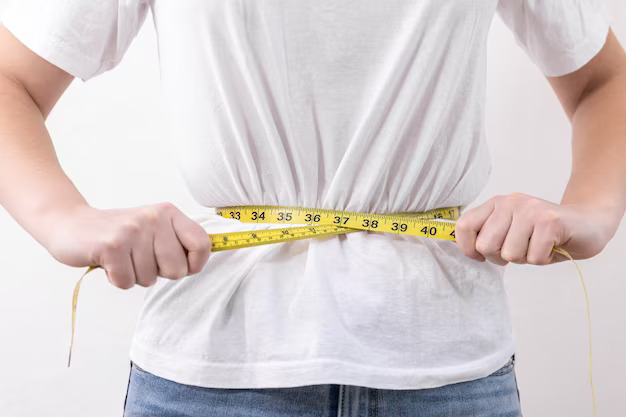- HOME
- ABOUT
- FACE SCULPTING
- SKIN
- BODY
- FACE
- EQUIPMENT
- POST PROCEDURE
- CONTACT US
- HOME
- ABOUT
- FACE SCULPTING
- SKIN
- BODY
- FACE
- EQUIPMENT
- POST PROCEDURE
- CONTACT US
Vanquish
Vanquish
No matter how much you diet and work out, sometimes you can’t get rid of fat in the stomach and hips. Even if you’re healthy and fit, this stubborn fat won’t go away. This can be very frustrating, especially for someone who has worked hard to stay in shape and look good.
The good news is that there is now a treatment called “Vanquish” that works very well and can be used to get rid of this extra fat around the stomach and hips. Even better, this treatment is quick, doesn’t hurt, and doesn’t involve surgery. It has been shown to work.
Vanquish is a non-surgical treatment that has been approved by the FDA to help reduce fat around the belly and hips, especially in trouble spots like the “love handles” and belly.

How Does it Work?
The treatment makes use of radiofrequency, which, once it penetrates the skin, transforms into thermal heat and can reach temperatures of up to 120 degrees Fahrenheit. The disruption of fatty cells, which results in the loss of fatty cells and a shrinking of the cells themselves, is caused by the heating of adipose tissue, which is subcutaneous fat.
The dead fat cells remain in the body; they are not removed by suction or surgery; rather, they disintegrate and are reabsorbed by the body over time. The lipid content of the fat cell leaks out into the surrounding space, is collected by the lymph system, and is eventually expelled from your body, removing the fat from the treated area.

Benefits and Results
One benefit of the Vanquish procedure is that the applicator only needs to heat up fat cells without ever touching the skin. It is ideal for people who are concerned with invasive treatments that involve some discomfort because anesthetic is not necessary and patients often report that there is no pain with the treatment.
Normally, six treatments lasting around 60 minutes each must be spaced out over the course of a month, with an average of one week between each session. Although some individuals can feel some redness and pain, the procedure normally has no negative effects.

